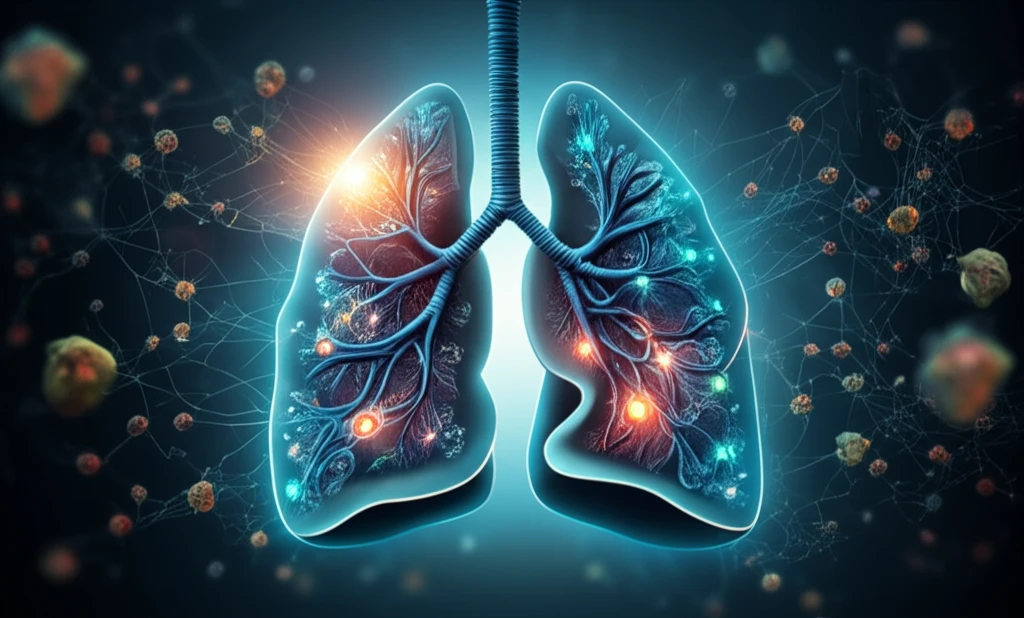
Unlocking Lung Health: New Insights into CTEPH, CTED, and Innovative Therapies
"Discover the latest advancements in understanding chronic pulmonary conditions and potential treatments, including the promising role of amniotic epithelium cell secretome."
Pulmonary hypertension and chronic thromboembolic diseases pose significant challenges to the medical community. Recent studies highlight the importance of metabolomic profiling in identifying key metabolites and pathways involved in pulmonary arterial hypertension. These advancements pave the way for better diagnostic and therapeutic strategies.
Two related conditions, chronic thromboembolic pulmonary hypertension (CTEPH) and chronic thromboembolic vascular occlusions without pulmonary hypertension (CTED), have garnered increased attention. Researchers are diligently working to understand the metabolic differences between these conditions and how they impact overall health.
Adding another layer of innovation, scientists are exploring the potential therapeutic benefits of human amniotic epithelium cell secretome in ex-vivo lung perfusion. This novel approach could revolutionize how we treat and rehabilitate damaged lungs, offering new hope for patients awaiting transplants.
Metabolic Insights into CTEPH and CTED

A comprehensive study was conducted to profile circulating metabolites in patients with CTEPH and CTED. Blood samples were collected from various locations, including the superior vena cava, pulmonary artery, and radial artery. These samples were then compared against those from healthy controls to identify significant metabolic differences.
- Increased acylcarnitines, long chain fatty acids, and polyamines.
- Reduced lysolipids, plasmalogens, and aminosugars.
- Changes in glutathione metabolites and steroids.
- Predominant clearance of energy metabolism related metabolites.
Future Therapeutic Directions
The potential therapeutic applications of human amniotic epithelium cell secretome are also under investigation. Studies suggest that this secretome may offer benefits during ex-vivo perfusion of donor lungs, potentially improving lung condition and viability for transplantation. This innovative approach represents a promising avenue for enhancing lung health and expanding the pool of available organs for those in need.
